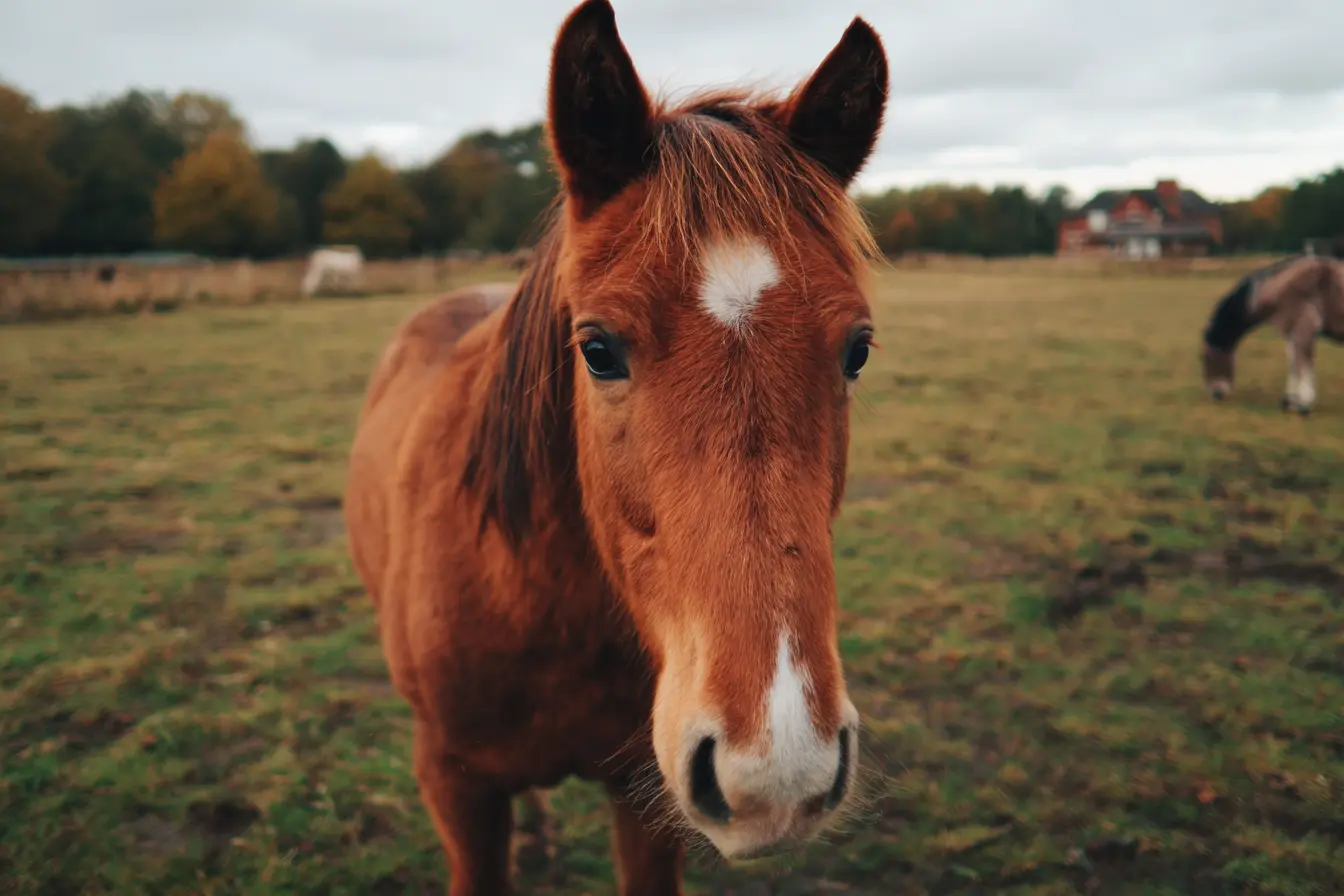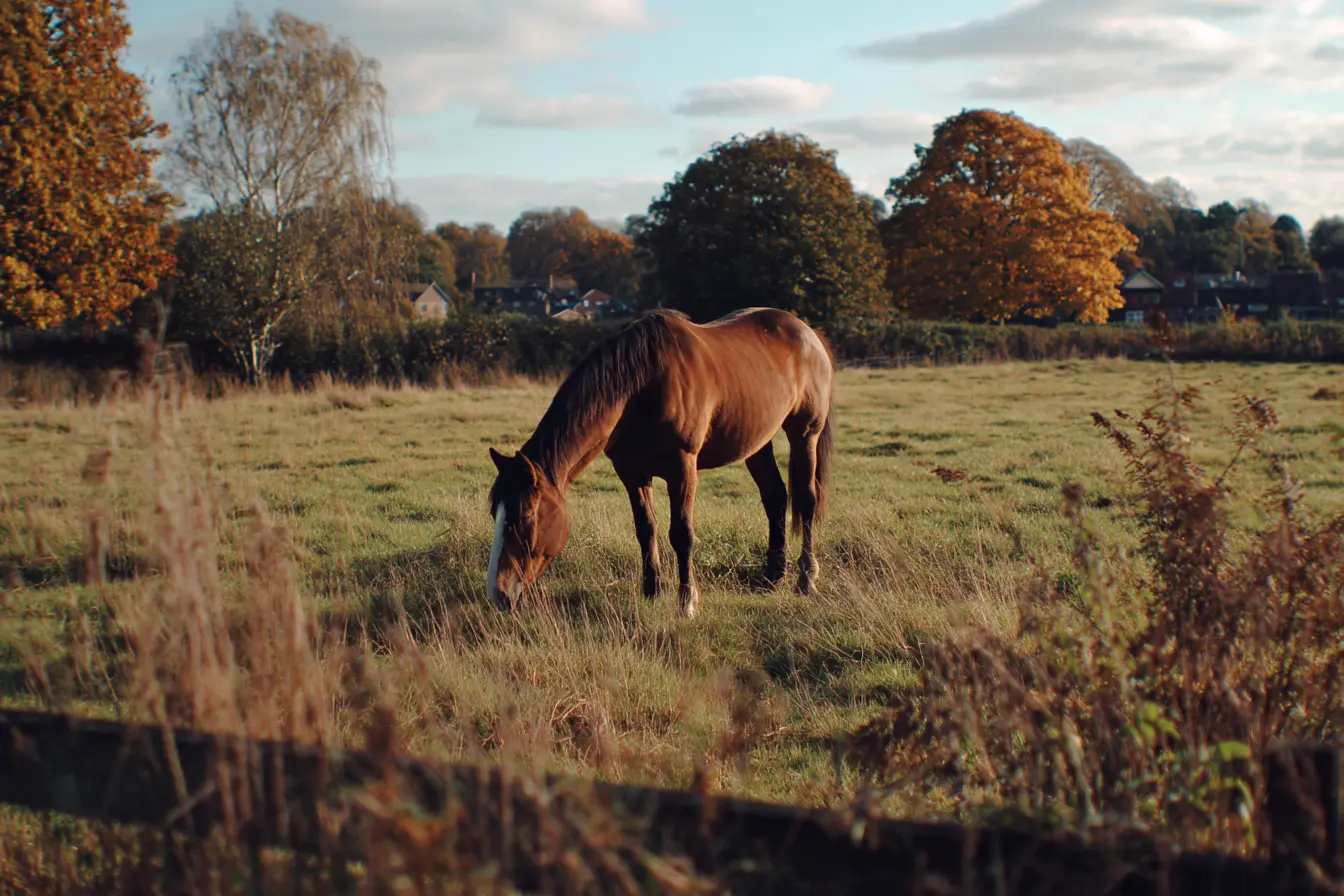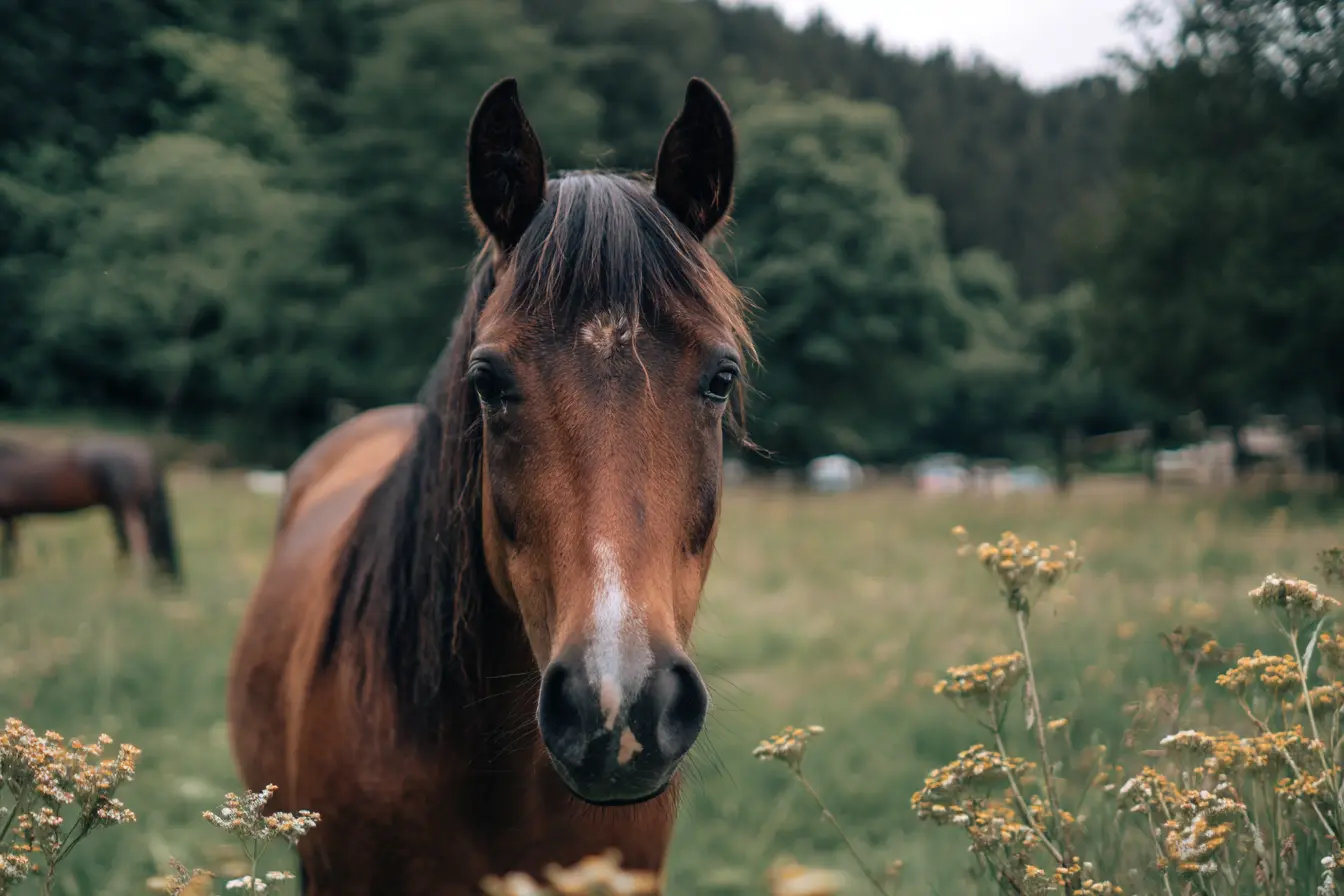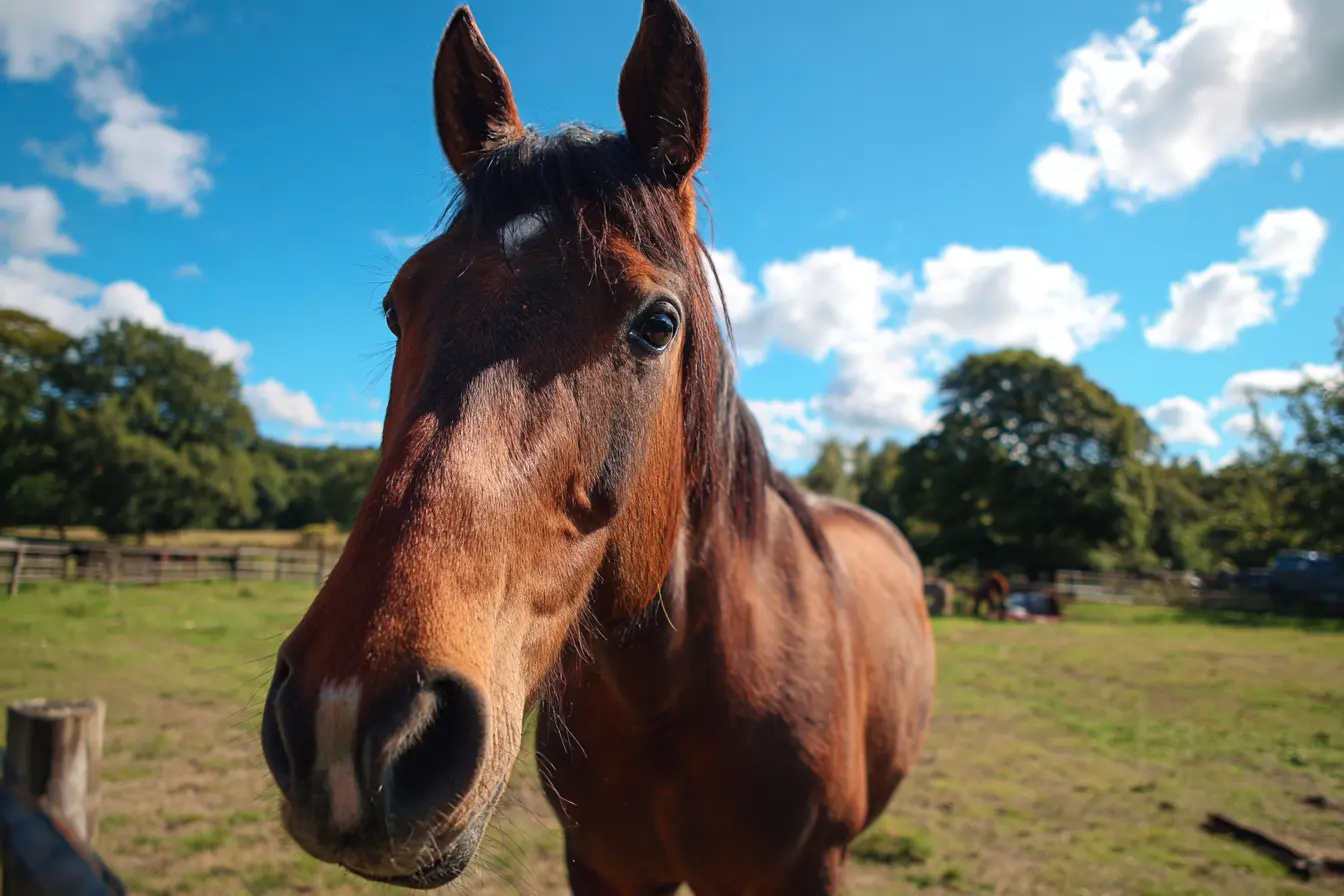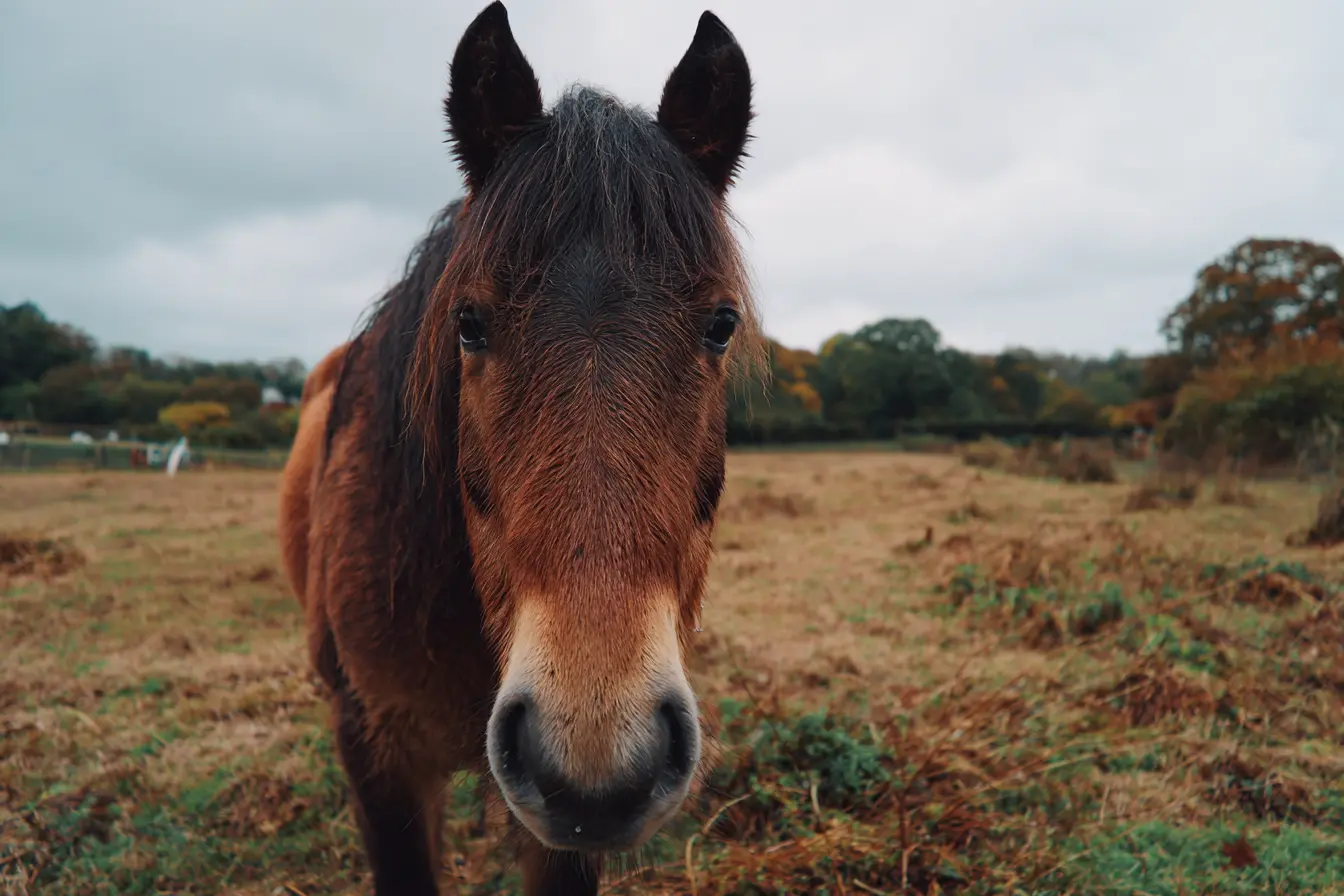
Sweet Itch in Horses: Everything You Need to Know
Sweet itch is a common and distressing condition for horses in the UK, especially during the warmer months. It can severely affect a horse's comfort and quality of life. In this blog post, we'll cover everything you need to know about sweet itch: what it is, why it happens, how to recognise it, and most importantly, how to manage it.
What is Sweet Itch?
Sweet itch, also known as summer seasonal recurrent dermatitis (SSRD), is an allergic skin condition caused by a reaction to the bites of Culicoides midges (tiny, biting insects also known as ‘midges’ or ‘no-see-ums’).
The condition is an allergic hypersensitivity to proteins in the saliva of these midges. It typically affects horses during the midge’s active season, from spring to autumn.
Why Does It Happen?
Not all horses are sensitive to midge bites. However, some develop an overactive immune response to the saliva, leading to intense itching and skin inflammation. This is an allergic reaction involving the release of histamines, which causes:
- severe itching (pruritus)
- inflammation and swelling
- skin damage from persistent rubbing
Genetics can play a role in whether a horse is predisposed to sweet itch. Some breeds, such as Icelandic horses, appear more susceptible when imported to the UK.
When Does Sweet Itch Occur?
The midges are most active during:
- warm, damp weather
- early morning and late evening
As a result, symptoms of sweet itch are seasonal, typically flaring up from March to October in the UK.
Recognising Sweet Itch
Early signs:
- persistent itching, especially at the mane, tail, and belly
- restlessness and attempts to scratch against fences or trees
- small raised lumps (papules) or rashes
Progressive signs:
- loss of mane and tail hair (due to rubbing and scratching)
- thickening and darkening of the skin (lichenification)
- open sores, crusting, and secondary infections from self-trauma
Commonly affected areas include:
- the base of the mane
- the tailhead
- along the midline of the belly
Managing Sweet Itch
There is no cure for sweet itch, but careful management can reduce symptoms and improve the horse’s quality of life.
Avoiding Exposure
- stabling the horse at dawn and dusk when midges are most active
- using fine mesh fly rugs, fly masks, and belly covers
- installing midge screens in stables
- turning out in open, breezy fields (midges prefer sheltered, damp areas)
Repellents and Topical Treatments
- applying insect repellents that contain DEET or permethrin
- using soothing shampoos and lotions to calm inflamed skin
- antihistamine or corticosteroid creams prescribed by a vet for severe cases
Medications
- systemic antihistamines can help, although they are not always effective
- corticosteroids may be prescribed by a vet, but long-term use carries risks (such as laminitis)
Immunotherapy
Some horses benefit from desensitisation (immunotherapy) injections, which help reduce the severity of the allergic response.
Nutrition and General Health
- feeding a balanced diet rich in omega-3 fatty acids (like linseed oil) may help reduce inflammation
- supporting the immune system with appropriate vitamins and minerals
- maintaining good general health to help the horse cope with the condition
Final Tho
Sweet itch can be a frustrating condition for both horses and owners, but with careful management and veterinary guidance, most horses can be kept comfortable and happy throughout the summer season. If you suspect your horse is suffering from sweet itch, consult your vet to develop an appropriate management plan and explore the best treatment options for your horse.
Vets near you
Speciality vets
- Aquatics vet specialists
- Birds vet specialists
- Camelids vet specialists
- Cats vet specialists
- Cattle vet specialists
- Deer vet specialists
- Dogs vet specialists
- Equines vet specialists
- Exotic vet specialists
- Goats vet specialists
- Pigs vet specialists
- Poultry vet specialists
- Sheep vet specialists
- Small Mammals vet specialists
- Wild vet specialists
